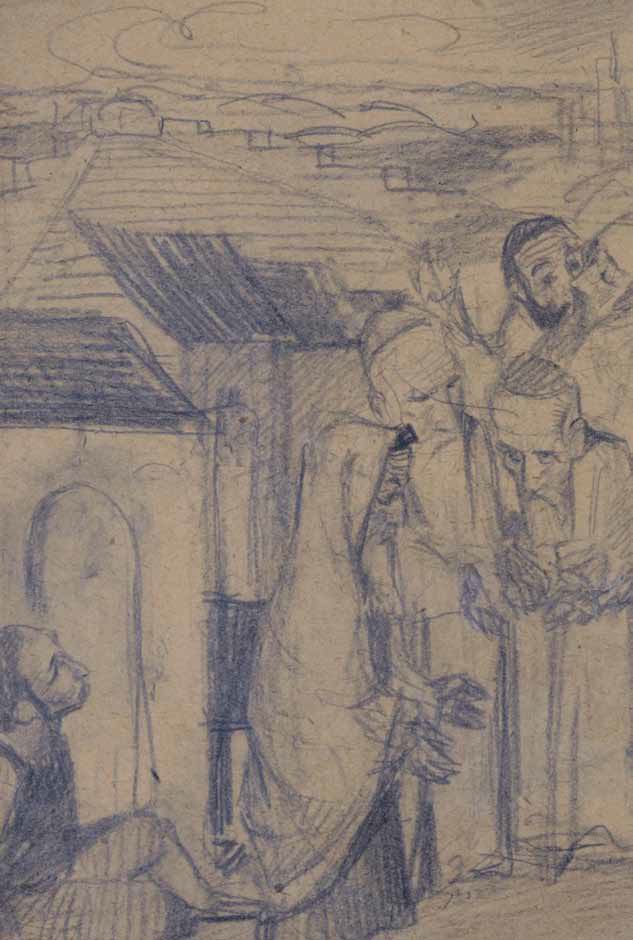Jak pisał Bruno Schulz? Domysły na podstawie sześciu stron rękopisu jednego opowiadania
How Did Bruno Schulz Write? Conjectures on the Basis of a Single Story’s Six-Page Manuscript
Author(s): Stanisław RosiekSubject(s): Visual Arts, Polish Literature, Ukrainian Literature, Philology, Theory of Literature, Source Material
Published by: Fundacja Terytoria Książki
Keywords: Bruno Schulz; schulz studies; literary theory; interwar period; polish literature;
Summary/Abstract: Schulz’s work has reached us in fragments. We do not know a large part of what he wrote and drew. But Schulz is also a “writer without an archive,” which is why he seems to be so mature and accomplished from the very outset of his career – with no “at first” and “then,” no beginning and end. In such a context, all his available manuscripts are particularly important. The present essay is an attempt to examine/describe Schulz’s writing (écriture) on the basis of the manuscript of “A Second Autumn.” Its six pages, compared with a version published in Kamena and the one included in "Sanatorium under the Sign of an Hourglass", must stand for the whole lost archive. An analysis of the changes and corrections allows us to reveal the actual process of writing. Thanks to Schulz’s comments, we may place it in his biography: he has just gained success and knows that another book should follow, but in his letters he keeps complaining on a writer’s block. The only way out is to publish something already written, and fortunately there is something in store. Thus Schulz begins to work on the texts penned in the 1920s. He must only, as he puts it, “choose, finish, edit, and rewrite” them. The manuscript of “A Second Autumn” is a document of rewriting – in a way, the author is a parasite on his own work. Still, working on his old texts, Schulz believes that he is a traitor not only of himself, but also of the original inspiration. Once inspired, he must become a writer and becomes one, though he must change his method. A return to the innocence and disinterestedness of the 1920s is impossible. Under the pressure of external circumstances, Schulz begins a new epoch in his writing. The lost "Messiah" was probably intended as its center. Some of Schulz’s essays from that period reveal a poetics that is different from his original one. That other, different poetics may be called a poetics of “making the myth real,” of a “biological semantics.” The manuscript of “A Second Autumn” demonstrates the decline of the former way of writing.
Journal: Schulz/Forum
- Issue Year: 4/2014
- Issue No: 4
- Page Range: 53-74
- Page Count: 22
- Language: Polish

